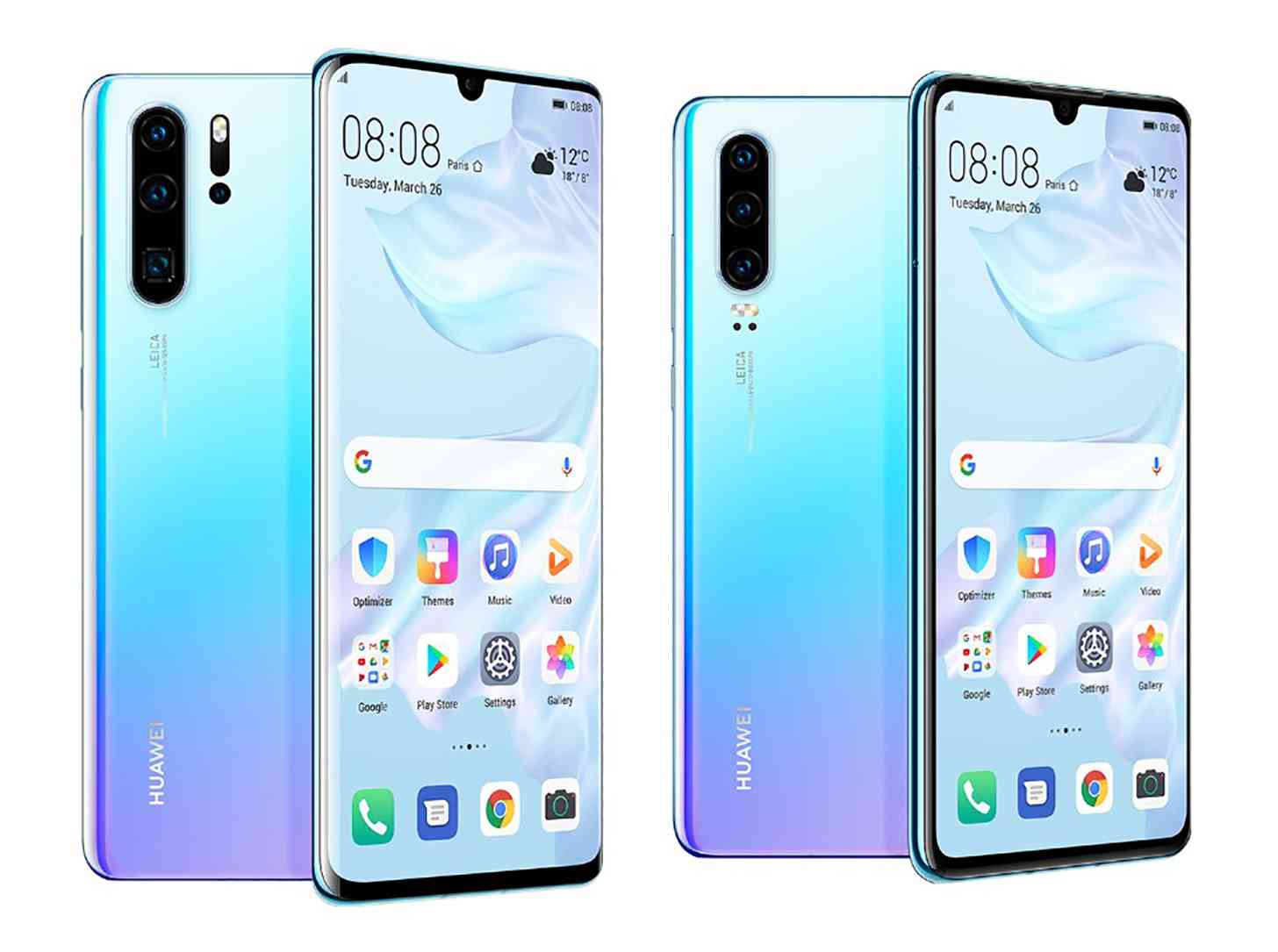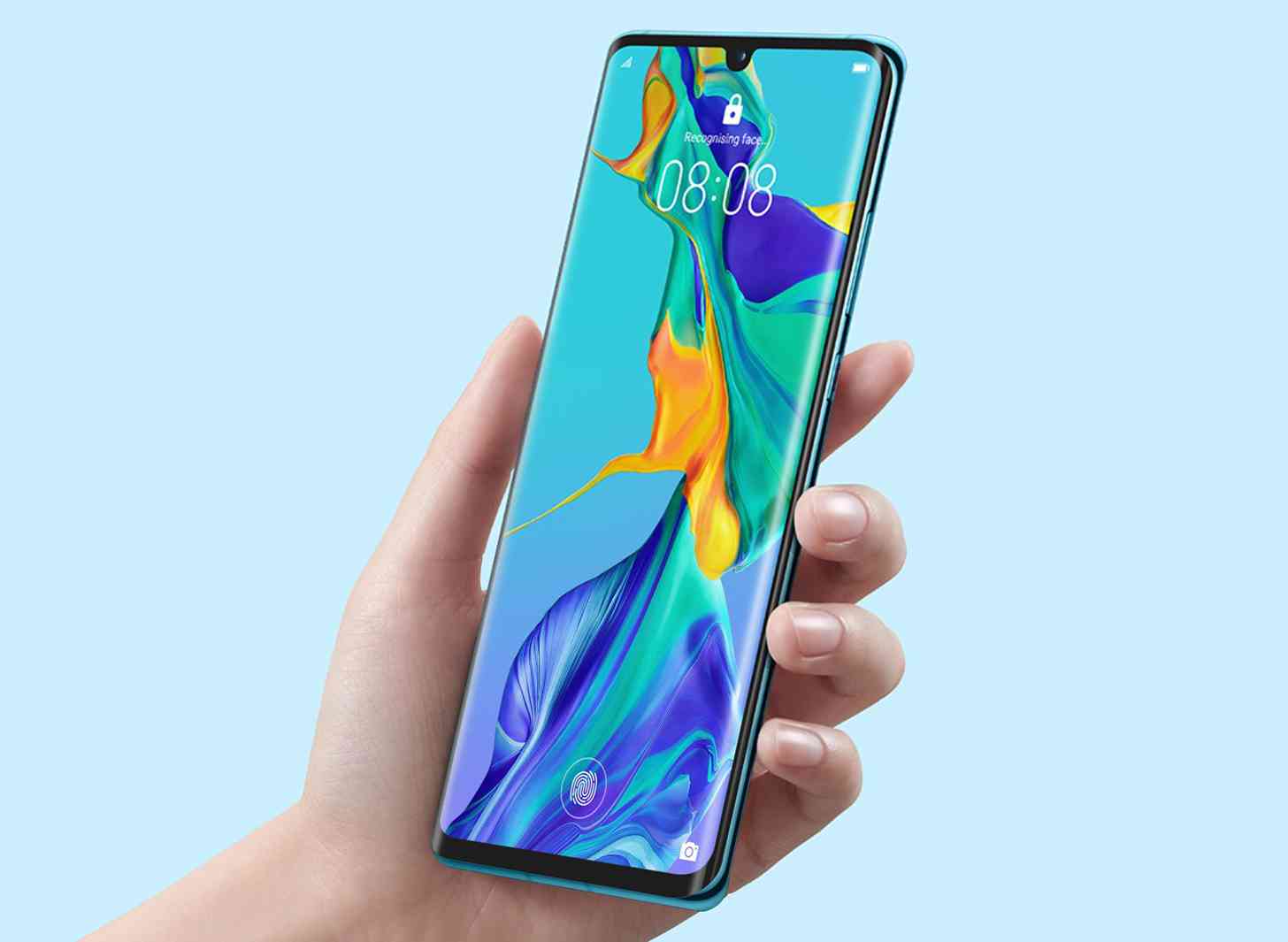
After lots of leaks, rumors, and speculation, the Huawei P30 Pro and Huawei P30 are now official.
A major focus of Huawei's new flagship P30 phones is photography. The P30 Pro boasts a quad rear camera setup with a 40MP main sensor that has a wide angle lens, f/1.6 aperture, and optical image stabilization, along with a 20MP ultra wide angle sensor and an 8MP telephoto snapper with 10x hybrid zoom and OIS. There's also a Time-of-Flight sensor to help gather depth information and add blurry background effects to your photos.
Huawei has added several other camera features into its flagship P30 Pro, like an AIS Long Exposure Shot feature to help you snap artistic long exposure images. The company is also touting the P30 Pro's low-light capabilities, saying that the new phone offers up to ISO 409,600.

Following its announcement, camera testing group DxOMark announced that it's given the Huawei P30 Pro a score of 112, placing it at the top of DxOMark's smartphone photography scoreboard. It didn't fare quite so well in the selfie ranks, though, with its 32MP front-facing camera earning it a selfie score of 89 points from DxOMark, good for fourth place in the standings.
Meanwhile, the Huawei P30 is equipped with a triple rear camera setup. There's a 40MP camera with wide angle lens and f/1.8 aperture, a 16MP ultra wide angle camera with f/2.2 aperture, and 8MP telephoto snapper with OIS and f/2.4 aperture. Huawei's AI Image Stabilization feature is included on the P30 as well, along with autofocus features like laser focus and phase focus. The Huawei P30 also has a 32MP selfie camera.
The displays are another big feature of Huawei's new phones. The Huawei P30 Pro has a 6.47-inch 2340x1080 OLED screen with curved edges and a small waterdrop notch. The P30 Pro is also the latest Android phone to jump on the in-display fingerprint sensor trend, and Huawei says that the P30 Pro's fingerprint sensor will let you "swiftly" unlock the phone. Also of note is that rather than use a traditional front speaker, the Huawei P30 Pro uses Acoustic Display Technology to project sound usign vibrations in the display, which is helpful to slim down the bezels on the device.

Meanwhile, the Huawei P30 has a 6.1-inch 2340x1080 OLED display with its own waterdrop notch. There are no curved edges here, but there is the same in-display fingerprint sensor as in the P30 Pro.
Both the Huawei P30 Pro and P30 come with Huawei's octa-core Kirin 980 processor. The Huawei P30 Pro comes with 8GB of RAM and 128/256/512GB storage options while the P30 gets 6GB of RAM and 128GB of built-in storage. If the included storage isn't enough, you can add a Nano Memory Card. Powering the Huawei P30 Pro is a 4200mAh battery, while the P30's got a 3650mAh battery. Both phones have Huawei SuperCharge fast charging support, and the P30 Pro adds wireless charging and Wireless Reverse Charging.
Rounding out the Huawei P30 Pro and P30's spec lists is Android 9 Pie running below Huawei's custom EMUI 9.1 user interface, water and dust resistance — IP68 on the P30 Pro, IP53 on the P30 — and NFC. Both phones include USB-C ports for charging, but while the P30 Pro omits a 3.5mm headphone jack, the standard P30 includes one.
Both the Huawei P30 Pro and P30 will be available in Amber Sunrise, Breathing Crystal, Pearl White, Aurora, and Black color options. Pricing for the Huawei P30 Pro starts at €999 EUR ($1,128 USD) for the 8GB/128GB model and goes up to €1099 ($1,241 USD) for the 8GB/256GB version and €1,249 EUR ($1,410 USD) for the 8GB/512GB model. The Huawei P30 is priced at €799 EUR ($902 USD) for the 6GB/128GB model.
Huawei's new flagship phones look like solid competitors to the Android flagship crown, especially the P30 Pro with its large curved edge display and big battery. And while DxOMark scores don't mean much to some folks, the photography performance of previous Huawei flagships combined with the P30 Pro's quad camera setup has us excited to take the new device for a spin.
What do you think of the Huawei P30 Pro and P30?